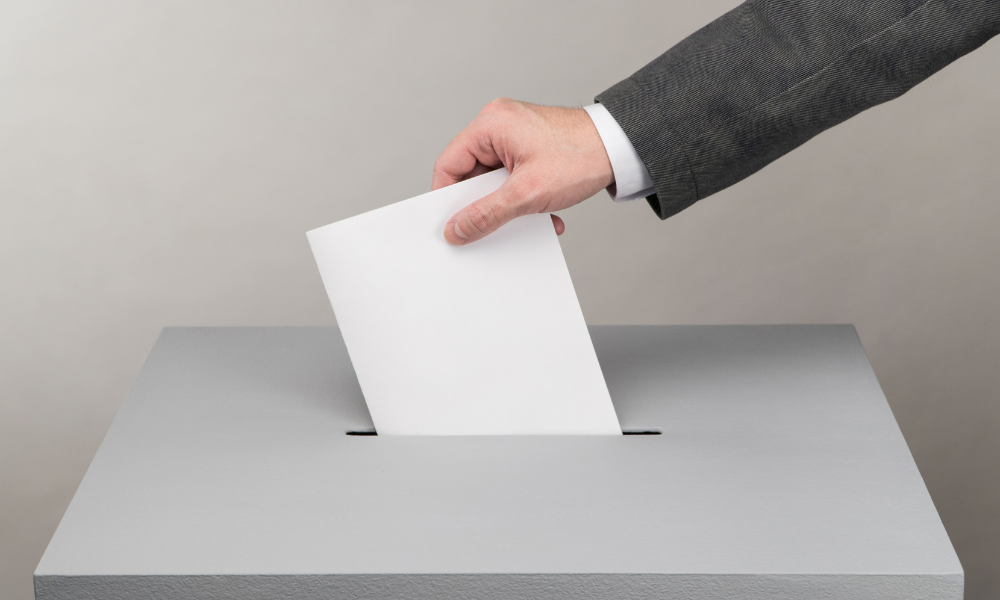"The organization can have policies and processes, but that might not change the way people are treated on the ground"

This article was produced in partnership with Workplace Strategies for Mental Health, compliments of Canada Life.
Around one in four Canadians experience some form of psychological harm at work, according to a new study by Mental Health Research Canada, and one in five team members don’t feel safe or included.
In partnership with Workplace Strategies for Mental Health compliments of Canada Life, Mental Health Research Canada surveyed over 5500 participants, 76% of whom were part of a team at work. The results showed some areas of concern, as less than half (47%) of employees at large organizations experience a positive workplace culture, and 32% of racialized Canadians feel psychologically unprotected.
In light of these stark figures, Workplace Strategies for Mental Health’s director of collaboration and strategy Mary Ann Baynton says it’s time for leaders to take a more in-depth look at their teams – particularly how employees treat each other, and what can be done to foster a safer and more inclusive environment.
“In a team of ten people, that’s an average of two people who don’t feel safe,” Baynton told HRD. “If it was my team, that would be two too many!”
“A psychologically safe team is one where you don’t have to armour up,” she explains. “You can relax and know that people have your back. It’s a place where everyone is really able to optimize their energy and their focus, thanks to feeling safe within the group.”
Workplace Strategies for Mental Health, recently launched a new tool to assess whether your team is psychologically safe. The tool asks team members a series of questions based on various psychosocial factors, and it assesses teams across several categories – their sense of inclusion, how people treat each other, team dynamics, and how team leaders support cohesion versus supporting competition.
The leader then generates their report which offers advice on what they can improve and what they are already doing well. It uses the principles of positive psychology – that is, a focus on helping teams to flourish together rather than just tolerating one another. It also gives leaders suggested wording to help them discuss the findings with their team and engage with them on an ongoing basis.
Baynton says it’s important to know that psychological health and safety at work is always going to be affected by how employees treat each other. Having a good leader is not enough and neither are policies or processes.
“You can have amazing leaders who are kind, compassionate and caring, and you can have state-of-the art policies and processes. But if your employees still treat each other badly or if they are treated badly by clients, you’ll never have a psychologically safe workplace. That’s why it’s important to get down to the team level of how employees treat each other and experience their workplace.”
One of the key tools recommended by the assessment is the team agreement process. This involves bringing your team together and asking them what an ideal group environment would look like, and then identifying behaviors, words and actions that everyone will be held accountable to for a more safe and inclusive space.
Baynton notes that one of the biggest strengths of the process is that it’s very culturally sensitive and inclusive, as the specifics of what your team agrees to represent what they feel will work best for them. This then allows the agreement to be modified as needed, and as team members come and go.
“Psychological safety isn’t about the pretty posters, lunch-and-learns and catch phrases. It’s about how we treat each other day to day,” Baynton says.
“Once you’ve completed the assessment, you’ll be given a wealth of tools and resources to help you support positive changes. Whatever your problem is – whether it’s implicit bias or civility and respect – there are tools, including workshop materials, for that. They are all evidence-based and peer-reviewed, and they’re all ready when you’re ready.”
To find out more about the Psychologically safe team assessment and how it can benefit your workplace, click here.




